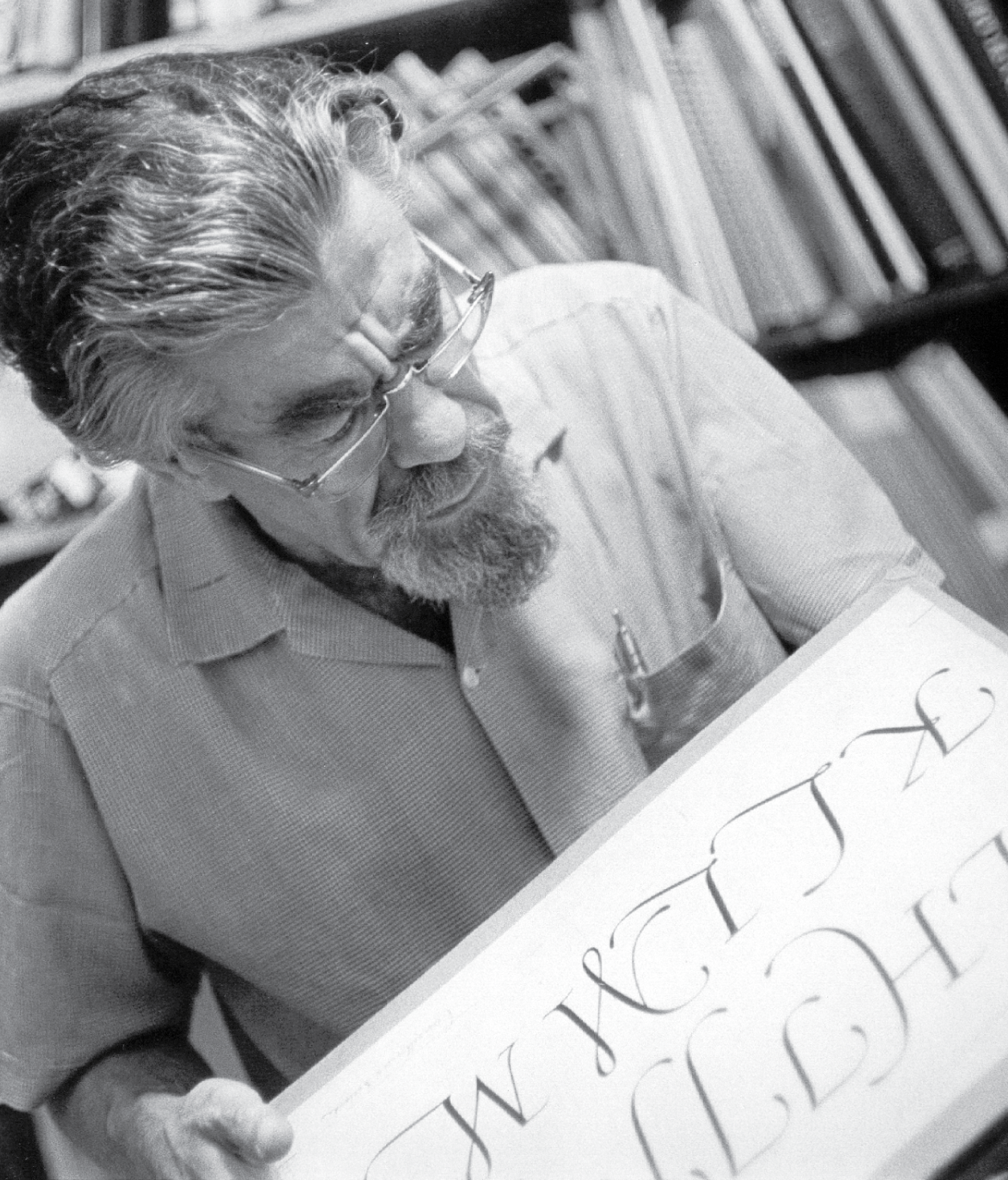The Design Professionals of Canada has been an advocacy-based organization for over 65 years. Since its inception in 1956, it has continued to advance professional design and has cemented itself as a leader and supporter of the Canadian design profession.
It’s through the voluntary efforts and contributions of individuals that such progress is made. The organization also has a rich history of change and discovery. Just as the design industry has evolved and expanded over the decades, so too has the organization.






